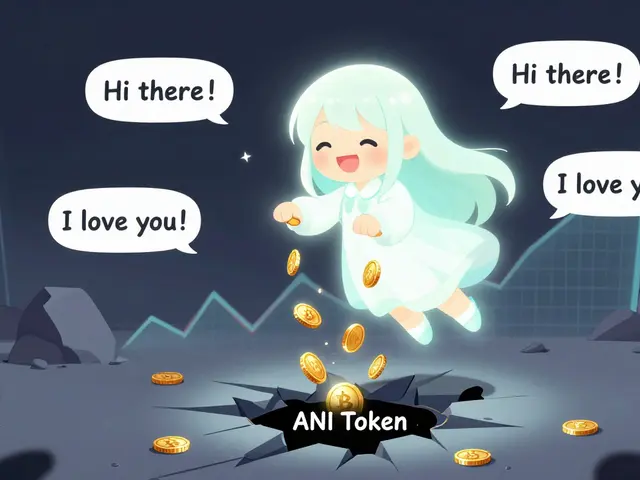Active Cryptocurrencies: Current Coins, Trends, and What They Mean for You
When working with active cryptocurrencies, digital assets that are being traded, mined, or used in real‑world applications today. Also known as digital assets, they shape everything from DeFi swaps to global remittances. crypto airdrop, free token distribution events that reward holders or community members adds fresh supply and hype, while a decentralized exchange, peer‑to‑peer platform where users trade without a central custodian provides the liquidity that keeps these coins moving. Meanwhile, crypto mining, the process of validating transactions and creating new coins determines how many tokens enter the market and influences price volatility.
Active cryptocurrencies encompass a wide range of token types. Some, like Manga Token ($MANGA) or Ozonechain (OZONE), target niche communities such as manga fans or environmental projects. Others, like stablecoins (e.g., XTUSD) or utility tokens (e.g., FOXY on Linea), aim for broader financial functions. Each token has its own tokenomics, risk profile, and use case, which you’ll see reflected in the articles below. Understanding these differences helps you pick the right coin for your strategy, whether you’re chasing high‑risk growth or looking for a stable store of value.
How Regulations and Infrastructure Shape Active Cryptocurrencies
Regulatory frameworks act as a gatekeeper for crypto activity. In places like Iran or Egypt, new laws dictate how exchanges operate and how users must report holdings, directly affecting which coins stay active on local markets. Likewise, country‑level decisions—such as Kazakhstan’s mining ban or the ranking of crypto‑friendly jurisdictions—alter the supply side by limiting or encouraging mining operations. These shifts ripple through the ecosystem, changing liquidity on DEXs and altering airdrop eligibility for regional participants.
Infrastructure also matters. On‑chain data tools, AI‑assisted research, and blockchain explorers let traders monitor price swings, token distribution, and network health in real time. When a new DEX like iZiSwap on zkSync Era launches, it creates fresh arbitrage opportunities for active cryptocurrencies that support the same standards. Similarly, upgrades to layer‑2 solutions reduce gas fees, making it cheaper to move tokens and participate in airdrops.
Active cryptocurrencies require continuous community engagement. Projects often run gamified airdrops—like the Cratos (CRTS) 2024 giveaway or the VerseWar VERSE token event—to boost user numbers and generate buzz. Successful airdrops can temporarily inflate trading volume, which in turn draws attention from larger exchanges and institutional players. Monitoring these campaigns lets you spot early entry points before the hype settles.
Liquidity is another cornerstone. Decentralized exchanges such as Apex Protocol, QuickSwap V3 on Manta Network, or Uniswap V4 each offer unique fee structures and incentives. When a DEX reduces fees or launches a new liquidity mining program, active cryptocurrencies listed there often see a surge in activity. Understanding each platform’s fee model and security audit status helps you avoid hidden costs and stay safe.
Risk management can’t be ignored. Every active cryptocurrency carries technical, market, and regulatory risks. Tokens built on newer chains may face smart‑contract bugs, while older coins might suffer from centralization concerns. Stablecoins bring peg‑maintenance risks, especially when reserves aren’t transparent. By reviewing the risk sections in our guides—like the XTUSD stablecoin analysis or the PumpMeme (PM) coin critique—you’ll get a realistic picture of what could go wrong.
Putting it all together, active cryptocurrencies sit at the intersection of technology, law, and community behavior. They are created through mining, distributed via airdrops, traded on DEXs, and regulated by national policies. Each of these forces shapes price, adoption, and long‑term viability. The posts below dive deep into specific coins, exchange reviews, mining country rankings, and regulatory updates, giving you a toolbox to evaluate any token you encounter.
Ready to explore the detailed breakdowns? Below you’ll find in‑depth reviews, step‑by‑step guides, and up‑to‑date analysis that will help you decide which active cryptocurrencies fit your goals and how to navigate the ever‑changing landscape.
How Many Cryptocurrencies Exist in 2025? Exact Numbers & What They Mean
Explore why estimates for 2025 cryptocurrency counts range from 18K to over 50M, learn where tokens live, and get practical tips for focusing on active assets.





